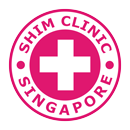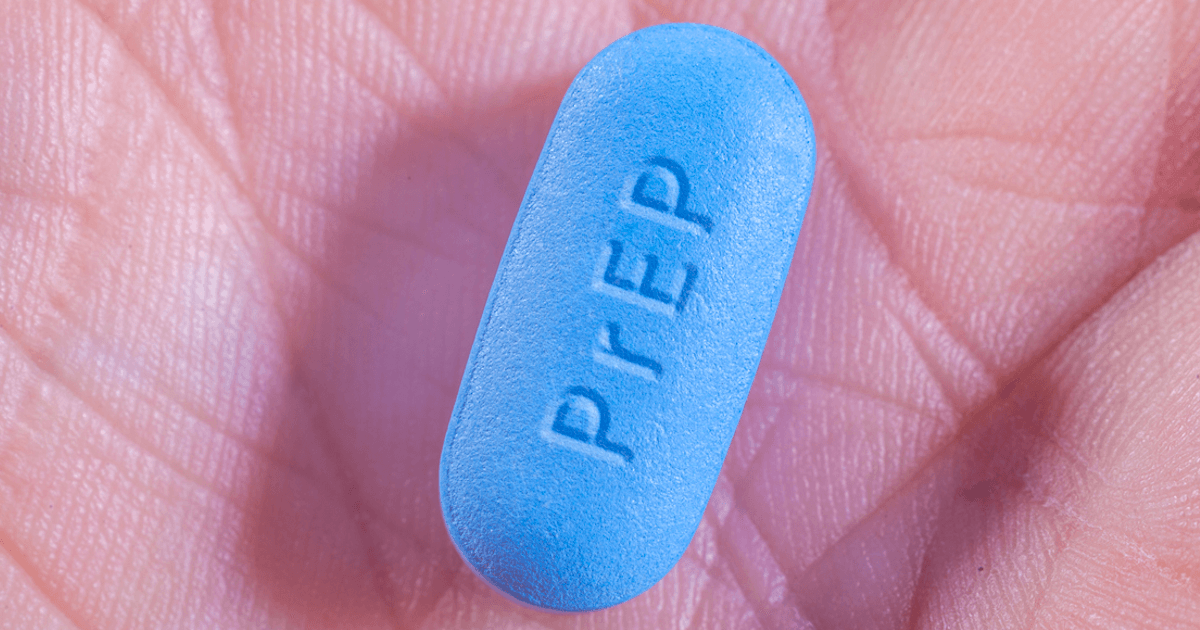The human immunodeficiency virus (HIV) is believed to originate from chimpanzees in Central Africa. Dating back as far as to 1920, according to studies, the simian immunodeficiency virus (SIV) that was found in chimpanzees was likely passed to humans when they hunted for chimpanzees’ meat and made contact with their infected blood.
It was not until 1983 that Luc Montagnier, a French virologist, and his team, were finally able to identify HIV-1. Up to this day, no effective cure has been found to completely annihilate the virus. Based on HIV.gov, around 1.2 million people in the U.S. are infected with HIV while approximately 37.9 million people have HIV or are living with AIDS worldwide.
Acquired immunodeficiency syndrome (AIDS) is the gravest and most extreme stage of HIV infection where a person’s immune system is so severely damaged that they can easily catch serious illnesses. Although there is no cure that can fully eliminate HIV/AIDS for the time being, people with HIV, if given and taken care of with correct medical care, can still lead long and healthy lives as well as having a chance at a happy relationship.
How to protect yourself from HIV
There are several known ways to prevent HIV infection, some of them are:
- Go for regular STD testing if you are sexually active
- Use condoms correctly when you have vaginal or anal sex. When used consistently, condoms are 90 to 95% effective in warding off HIV
- If you want to be 100% safe and secure from the fear of contracting HIV, abstain from frivolous sexual activities and stick to one partner and stay away from drugs, especially those taken with a needle.
- Take HIV pre-exposure prophylaxis (PrEP) as advised by a trusted healthcare provider if you are at risk for HIV. This article will provide an in-depth explanation regarding PrEP
About PrEP and its effectiveness
Pre-exposure prophylaxis (PrEP) is one HIV prevention method administered to HIV-negative people to lessen the chances of getting HIV. The main function of PrEP is to fend off HIV from taking control of and spreading throughout the body. PrEP takes the form of oral medications that are consumed daily.
The reason why taking PrEP is beneficial is because of the effectiveness of the medication. When taken daily, this pill is more than 90% effective in averting people from contracting HIV during sex if exposed. As for people who inject drugs, PrEP has a more than 70% effectiveness in reducing the risk for HIV.
PrEP is highly effective if taken as prescribed and consumed for a certain amount of days before anal and vaginal sex take place:
- Maximum protection from HIV for receptive anal sex is attained after 7 days of taking the pill daily
- Maximum protection from HIV for drug injection and receptive vaginal sex after 21 days of consuming the once-daily pill
Remember that PrEP is a great prevention method against HIV but it does not protect you against other STIs and STDs. Taking PrEP, when combined with the correct and consistent use of condoms, are two potent prevention methods to evade HIV and other sexual diseases.
Two approved types of PrEP
There are two approved drugs for PrEP which are Truvada® and Descovy®.
- Truvada®: a drug recommended to be taken by every adult and adolescent who is at risk of contracting HIV through drug injection or sex. This drug is a combination of emtricitabine with tenofovir disoproxil fumarate.
- Descovy®: a drug recommended for adults and adolescents who are at risk through sex (excluding vaginal sex since no study has approved that this medication is effective in HIV prevention for vaginal sex). Descovy is a combination of emtricitabine with tenofovir alafenamide.
Taking PrEP for a prolonged period of time is safe. As with every drug or medication, light side effects are not entirely inevitable. Some people may experience nausea, headache and fatigue. However, none of the side effects are severe and they will subside over time.
Who should take and qualify for PrEP?
The first criteria that makes you qualified for PrEP is if you test negative for HIV. Taking PrEP is also encouraged for people who practiced anal and vaginal sex in the past 6 months, and those who:
- have a sexual partner who is HIV positive
- do not use condoms consistently
- have been suffering from an STD in the past 6 months
PrEP is also beneficial for people who inject drugs, share equipment such as syringes and needles with others or if they have injection partners with HIV.
Women whose partners are HIV positive and are looking to get pregnant are also recommended to take PrEP since this medication will protect them and the child from getting HIV while trying to get pregnant, during pregnancy and while breastfeeding.
Adolescents who test negative for HIV, weigh at least 35kg and at risk of contracting HIV through sex and drug use can also take PrEP.
When to start and stop taking PrEP
If you feel the need to take PrEP because of the conditions mentioned above, go to your healthcare provider. PrEP is only available by prescription and can be prescribed by any healthcare provider who has the license to write prescriptions.
Normally, after starting taking PrEP, regular visits every 3 months to a healthcare provider are required for the purposes of following up, HIV tests and getting refills for the prescription.
There are several conditions that lead people to stop taking PrEP, some of them being:
- Lifestyle changes occur and make your chances of contracting HIV become low
- You cannot commit to taking the pills daily because you often forget to do it
- There are ongoing side effects from the medication that are getting in the way of your daily life
- Your body is reacting to PrEP in hazardous ways
If you at some point in your life have stopped taking PrEP and decide that you want to start taking it again because of particular circumstances, you have to take the HIV test to make sure that you are negative and talk to your healthcare provider.
If you are wondering if you can take PrEP only after a possible and recent exposure to HIV, PrEP is not the right choice to mitigate this problem. PrEP is meant for people who are at ongoing risk for HIV. The right thing to do if you feel that you may have been exposed to HIV in the last 72 hours is to consult your healthcare provider about HIV PEP (post-exposure prophylaxis).
Is it possible to take PrEP only when you are at risk for HIV?
If you are not at ongoing risk for HIV and want to take PrEP only when you are at risk, there is a term called “on-demand PrEP”. On-demand PrEP is also referred to as “non-daily” or “intermittent” use of PrEP. There has been a study on on-demand PrEP known as the “2-1-1” schedule that has been proven scientifically to be effective for gay or bisexual men when practicing anal sex without a condom. The “2-1-1” schedule means taking 2 pills 2-24 hours prior to sex, 1 pill taken after the first dose and 1 pill after the second dose. It is important to keep in mind that the “2-1-1” schedule has not been proven to work for heterosexual men and women, people injecting drugs and transgenders.
It is also worth noting that taking the pill daily is the only approved way to prevent HIV by the FDA (Food and Drug Administration).

